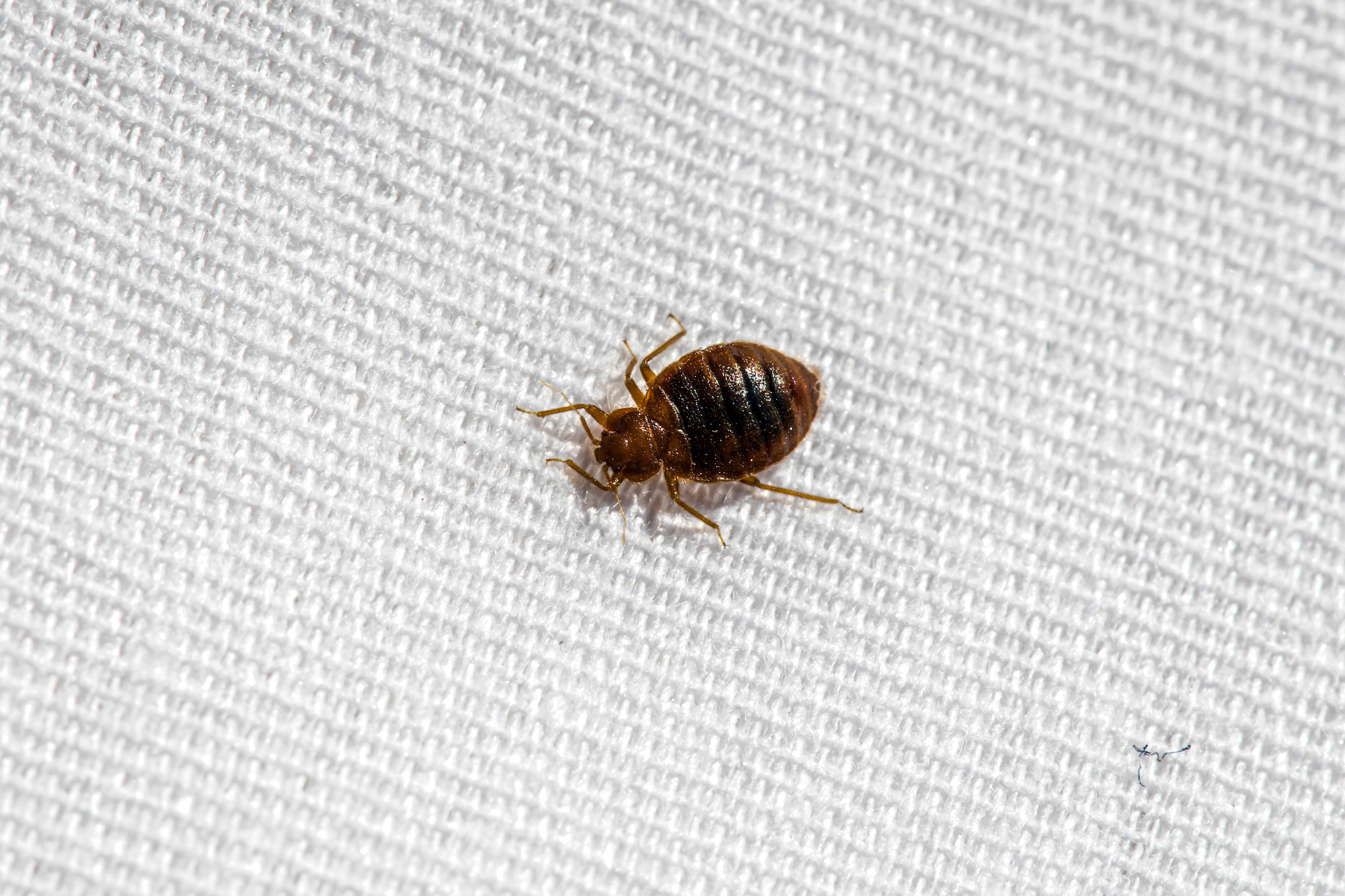Reliable Bed Bug Exterminator: DC Services with Heat Treatment
Reliable Bed Bug Exterminator: DC Services with Heat Treatment
Blog Article
Checking Out the Science Behind Bed Bug Heat Treatments as a Lasting Parasite Administration Approach
In the realm of parasite management, the mission for reliable and lasting solutions remains a constant pursuit. One such method that has actually obtained grip recently is the usage of heat therapies to fight bed pest invasions. By taking advantage of the science behind thermal fatality factors for these persistent parasites, warm treatments provide a promising alternative to traditional chemical-based approaches. The complexities of just how warm successfully removes bed insects and the broader effects for lasting parasite monitoring methods make this a subject worth checking out better.
Bed Pest Heat Treatment Process

Thermal Death Factor for Bed Insects
Exposing bed insects to elevated temperatures beyond their thermal tolerance range is essential for accomplishing effective eradication in heat treatment processes. The thermal fatality point for bed bugs refers to the temperature level at which these parasites can not endure. Research study suggests that bed insects begin to die when revealed to temperatures above 113 ° F(45 ° C) for a sustained period. As the temperature raises, so does the mortality rate of bed insects. At around 118 ° F(48 ° C ), bed insects begin to pass away swiftly, with a mortality price of almost 99% within mins of direct exposure. This shows the level of sensitivity of bed pests to heats and highlights the performance of warmth therapies in eradicating invasions. By reaching and maintaining temperature levels above the thermal fatality point for bed insects, parasite monitoring specialists can make sure thorough elimination of bed insect populaces, including hard-to-reach locations where chemical treatments might be much less efficient. Comprehending the thermal death point for bed insects is vital for applying effective warm treatment methods and attaining sustainable pest management results.
Advantages of Warm Treatments
Having actually developed the crucial thermal death factor for bed insects, it is important to currently explore the considerable advantages that heat therapies provide in effectively eliminating these resistant insects. When contrasted to conventional chemical methods, warm treatments present several vital benefits. Among the main advantages is that warmth can penetrate deep right into holes and fractures where bed insects hide, ensuring that even one of the most hard-to-reach areas are heated up to dangerous temperatures. This comprehensive strategy not just eliminates live bugs however likewise targets bed insect eggs, preventing future infestations.
In addition, heat therapies are safe and environmentally friendly, making them a lasting insect administration approach. Unlike chemical pesticides, warm treatments do not leave hazardous residues that can position dangers to human wellness or the environment. This facet is especially crucial in delicate settings such as hospitals, schools, and household locations where chemical usage may not be desirable.
Furthermore, warm treatments have a high success price in getting rid of bed pest infestations in a single treatment, lowering the demand for numerous sees and reducing interruption to passengers. This effectiveness not just saves time and money but also supplies comfort to those taking care of bed bug issues.
Efficiency of Heat Therapy

Heat treatments have the added benefit of eliminating bed bug eggs, which are frequently resistant to traditional chemical therapies. On the whole, the effectiveness of heat therapies in getting rid of bed bug infestations makes them a sustainable and dependable insect administration method.
Lasting Parasite Administration Benefits
Carrying out sustainable pest monitoring techniques offers lasting advantages for both the atmosphere and public health. By using approaches such as heat therapies for bug control, we can minimize the dependence on dangerous chemical pesticides that can have unfavorable impacts on ecological communities and human health - DC exterminator. Lasting bug management methods aid in protecting biodiversity by targeting particular parasites without hurting non-target organisms, therefore maintaining a well balanced ecological community
Furthermore, lasting bug administration techniques contribute to the general health and wellness of the public. By reducing direct exposure to poisonous chemicals made use of in typical insect control methods, warmth treatments provide a much DC exterminator safer alternative for pest monitoring in residential, business, and public rooms. This reduction in chemical usage likewise aids in preventing pesticide residues from contaminating dirt, air, and water, safeguarding ecological high quality.
Conclusion
To conclude, bed bug heat therapies have actually been revealed to be a lasting and reliable parasite administration strategy. The thermal fatality factor for bed bugs makes them vulnerable to warm therapies, which have various advantages over standard chemical treatments. The efficiency of warm therapies in eliminating bed pest infestations while reducing environmental influence highlights the potential of this approach as a lasting solution for insect control.
The bed bug warmth therapy procedure entails raising the temperature within ravaged locations to a degree that successfully gets rid of bed bugs and their eggs. By getting to and keeping temperatures above the thermal death factor for bed bugs, insect management professionals can guarantee thorough elimination of bed insect populaces, including hard-to-reach areas where chemical treatments might be less effective. One of the primary benefits is that warmth can permeate deep into crevices and splits where bed pests hide, ensuring that even the most hard-to-reach locations are heated to lethal temperature levels. Unlike chemical treatments that might leave behind immune populaces, heat treatments provide a eco friendly and non-toxic option that can pass through deep into furniture, wall surfaces, and various other hard-to-reach locations where bed bugs hide.
The thermal death factor for bed pests makes them susceptible to warmth therapies, which have various benefits over traditional chemical treatments.
Report this page